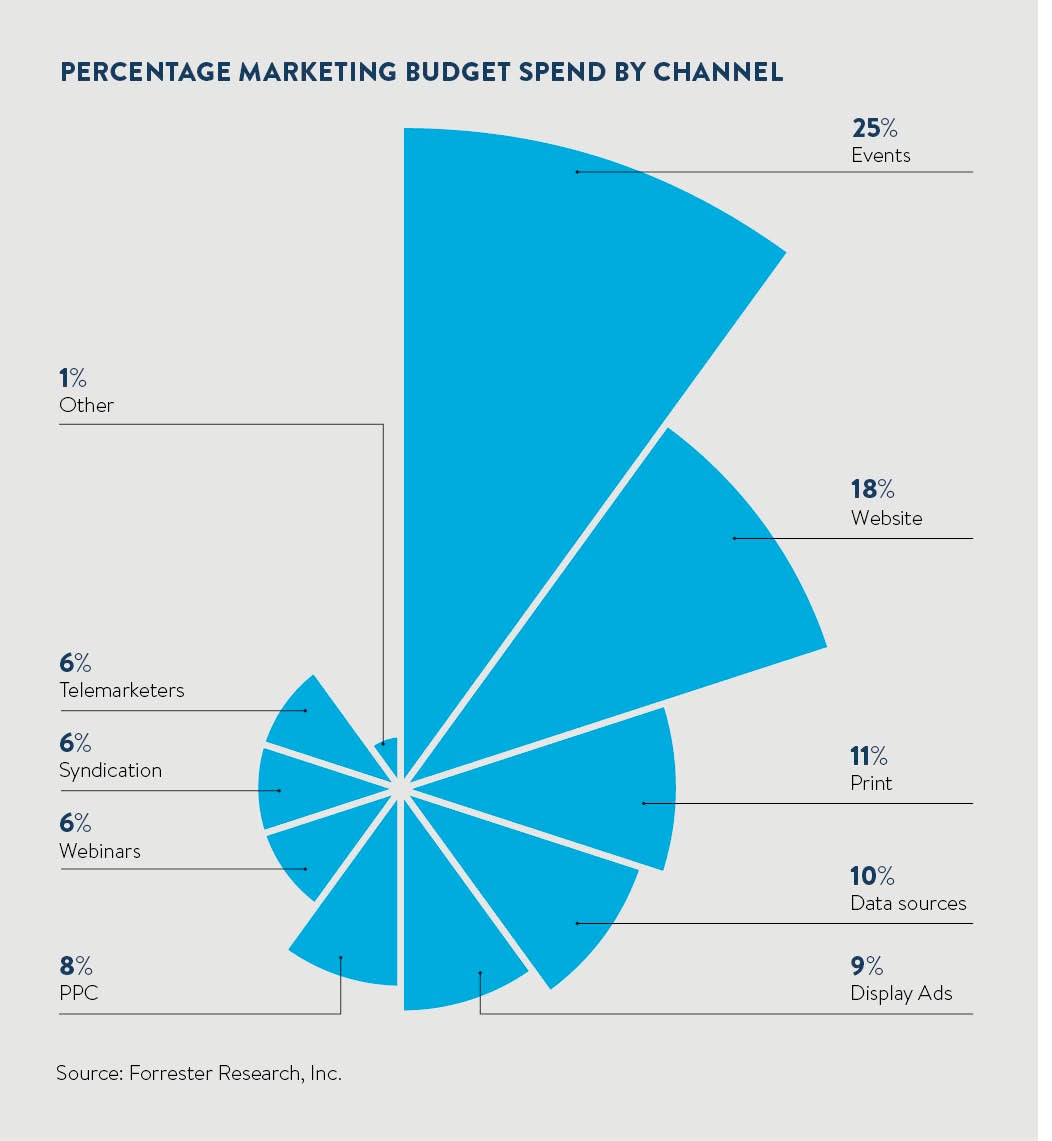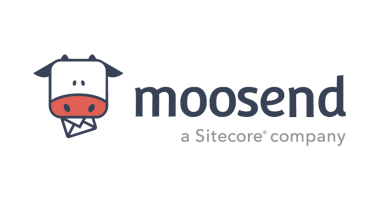After a company’s website, tradeshows and events are the most effective tactic in the marketing mix, according to Forrester Research. Some 25 per cent of the average business-to-business marketing budget is spent on events – and the reasons are obvious.
After an event, three-quarters of attendees have a more positive perception of an organisation, the Event Marketing Institute points out, while the organiser generates leads, engages customers and prospects, and builds the brand.
Whether it’s a user conference, road show or sales meeting, marketing events create multiple touchpoints, offer unparalleled face time with your target audience and accelerate the sales process.
Knowing a marketing programme’s return on investment or ROI allows organisations to gauge its effectiveness; allocate resources to higher performing programmes; compare different marketing channels; and make more informed decisions overall.
According to the IBM Global Chief Marketing Officer Study, almost two-thirds of CMOs believe ROI will be the primary measure of their effectiveness. So the question becomes, how do you accurately measure event ROI?
Whether it’s a user conference, road show or sales meeting, marketing events create multiple touchpoints, offer unparalleled face time with your target audience and accelerate the sales process
Tracking event expenses and forecasting revenue is a difficult task, not least because the initiatives generally include stakeholders from several different departments within an organisation. However, measuring the effectiveness of marketing programmes and events is critical. If you don’t know what works, you can’t do more of it.

5 STRATEGIES FOR INCREASING ROI OF MARKETING EVENTS
According to the Event Marketing Institute’s EventTrack report, event return on investment or ROI is improving. In fact, 63 per cent of companies reported a 2-to-1 or higher return on their events in 2014, up from 55 per cent in 2013, and those organisations seeing a 5-to-1 or higher return doubled. So smart organisations are implementing strategies that help track ROI and give them a bigger bang for their marketing event buck. Consider these five high-level strategies to get started…
1. Align internally
Marketing and sales must be aligned prior to events, as early as the registration path set-up. This will ensure they are sharing resources, leveraging spending appropriately, and maximising the quality leads and pipeline opportunities that result.
What registration information would further qualify an attendee at the entry point? How can session interest, product interest and on-site participation data be better used to qualify prospects and enhance existing customer profiles?
Organisations should have a lead-generation strategy for on-site representatives. For instance, in addition to scanning the badges of interested attendees, what qualifying questions might be asked?
Prior to the event, marketers, planners and sales representatives must know their long-term business objectives. A single, centralised platform can help provide the various stakeholders with increased transparency into the process.
2. Harness the power of technology
Technology can mitigate the cost of staging an event by an estimated 20-30 per cent, according to Aberdeen Group, while Frost & Sullivan say it increases attendance by up to 20 per cent, as well as significantly simplifying the process.
Companies that use event management solutions are also able to leverage e-mail marketing for recruiting, create customised and dynamic registration processes, set up automated payment processing, connect to social media channels, and more, all from a central platform.
Like content management systems and marketing automation tools, event management solutions should be a staple in every marketer’s tool box.
3. Engage
Events offer an unparalleled opportunity to engage with, and deliver content to, prospects and customers.
The attendee journey should begin immediately, with marketers communicating every one to two weeks following registration. Content can include background information on key session topics, industry studies, webinars or podcasts with speakers.
Marketers can encourage desired behaviours, such as upgrading to paid registrations, choosing sessions or tracks, promoting one-on-one meetings, downloading the event app and sharing the detail on social media. Keeping attendees interested and involved in the run-up increases the number of people who actually attend.
During the event, incorporating the latest innovations in social and mobile technology adds to the experience. Organisations can compile and project attendees’ social content in real time, while also including their own custom posts to spark excitement.
Follow-up campaigns should thank attendees, ask for feedback, suggest additional resources or events and provide next steps.
4. Get a bird’s eye view
To track individual event ROI, organisations need effective reporting and budgeting tools – another area where technology can help. These systems can provide an executive dashboard of revenue and expenses across events with key performance indicators or KPIs, such as registration rate, average cost per attendee and attrition rate.
Marketers also get a bird’s eye view of their events, increasing transparency and facilitating better decision-making.
In addition, the turn-around time for reporting key metrics to upper management and other stakeholders is drastically improved with centralised reporting. Best guesses and manual processes are replaced by concrete data.
5. Integrate
While embracing the previous points brings marketers much closer to measuring and achieving great marketing event ROI, this strategy has an exponential impact.
Specifically, we’re referring to integrating an event management platform with marketing automation systems such as Eloqua or Marketo and CRM (customer relationship management) solutions such as Salesforce. Through this process marketing organisations can:
Develop a 360-degree profile of attendees, enabling more relevant and personalised event experiences that accelerate the buying cycle;
Align marketing even more closely with sales, allowing for the capture and scoring of leads on-site, automatically entering prospects into follow-up campaigns;
Incorporate rich event data into existing systems, creating powerful intelligence for determining the impact of events on key behaviours; and
Tie event investments to the revenue cycle, making better comparisons to other marketing channels.
To learn more about how Cvent can help you get more ROI from your events, please visit cvent.co.uk






